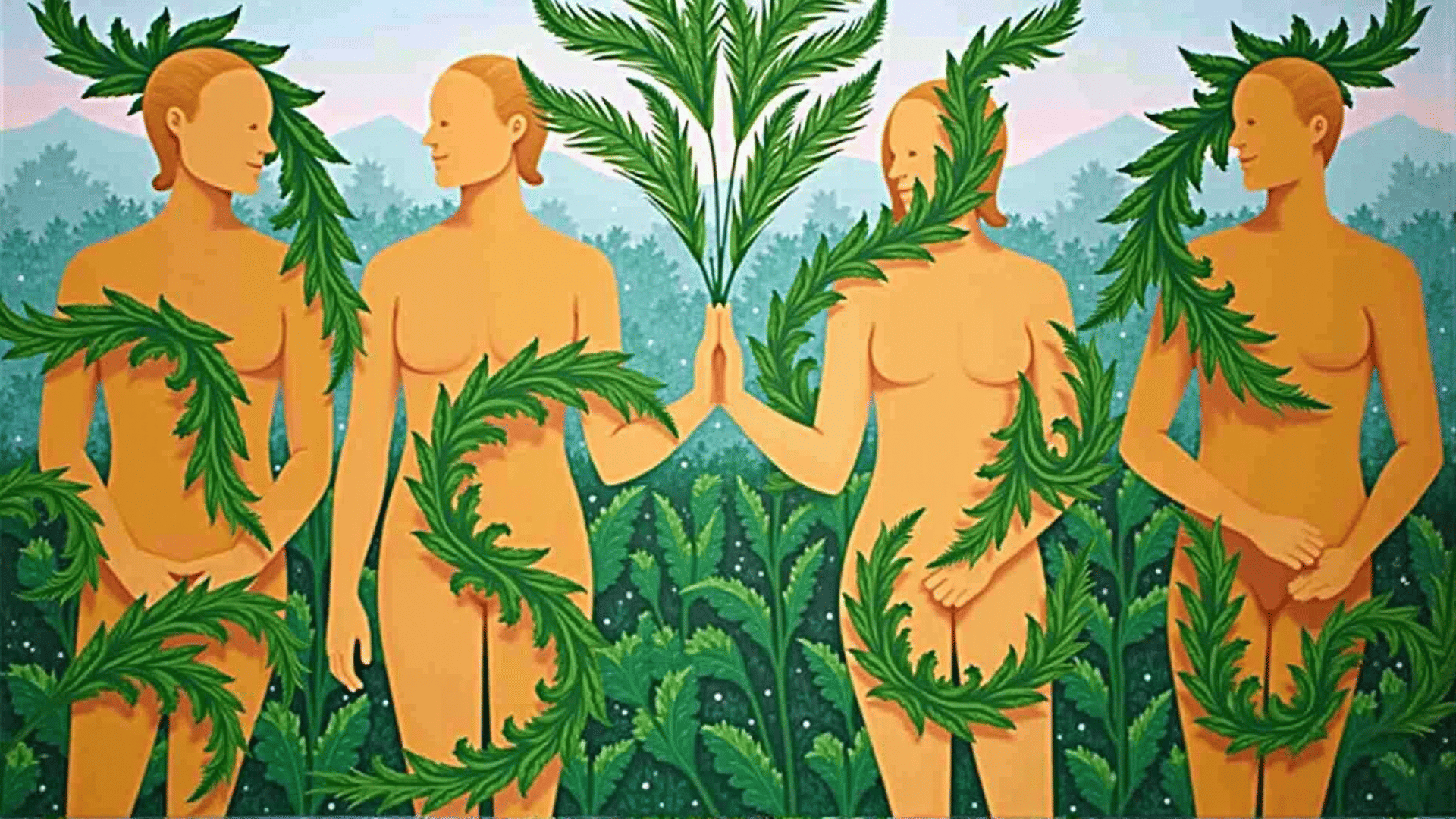In recent years, the boundaries between art and nature have increasingly blurred, as contemporary artists find innovative ways to integrate natural elements into their work. This fusion not only emphasizes the aesthetic beauty of the environment but also invites viewers to reconnect with the natural world amid rapid urbanization and technological advancement. This growing trend highlights both the fragility and strength of nature, urging a more sustainable interaction with the environment.
Historically, nature has always served as an inspiration for artists. From the serene landscapes of Claude Monet to the vibrant floral still-lifes of Georgia O'Keeffe, the beauty of the natural world has been a timeless muse. However, today's artists are pushing beyond traditional representations, incorporating real natural materials such as leaves, wood, stone, and even living organisms into their creations.
One of the most striking examples of this artistic evolution is the Land Art movement, which emerged in the late 1960s and early 1970s. Artists such as Robert Smithson, known for his iconic work "Spiral Jetty" in Utah, used the land itself as their canvas. These large-scale installations, often situated in remote natural settings, fundamentally alter perceptions of art by highlighting the symbiotic relationship between the artwork and its environment.
In contemporary practice, artists like Andy Goldsworthy continue to advance this dialogue. Goldsworthy's ephemeral art, built with natural materials found on-site, emphasizes the temporality of nature. His pieces, designed to deteriorate and be reclaimed by the environment over time, remind us of the constant cycle of life and decay inherent in the natural world.
Technological advancements have further expanded the possibilities for integrating nature into art. Biodesign, an emerging discipline that unites art, design, and biology, is gaining momentum. Artists and designers collaborate with scientists to create installations that not only include natural elements but also respond actively to their environment. For instance, installations that feature living plants connected to sensors can offer real-time data on air quality, moisture levels, and other environmental factors, offering a compelling intersection of aesthetics, technology, and ecology.
Furthermore, this fusion of art and nature serves an important ecological purpose. By bringing elements of the natural world into spaces that are predominantly urban, artists are drawing attention to the environmental issues that threaten these very elements. Projects like these promote environmental awareness and often include themes of conservation, sustainability, and the impact of climate change.
In addition to raising awareness, artworks that incorporate nature provide therapeutic benefits. Studies have shown that exposure to natural environments—even in the form of art—can reduce stress, boost mood, and improve overall well-being. In an age where digital screens often dominate our attention, experiencing art that reconnects us with the tangible, physical world can be profoundly restorative.
The fusion of art and nature is not just a trend; it is a crucial evolution that reflects a growing recognition of our interconnectedness with the natural world. As artists continue to explore and experiment with new ways of incorporating nature into their work, they not only contribute to the beauty and diversity of the art world but also advocate for a more harmonious coexistence with our environment. Through these creative endeavors, art becomes a medium through which we can appreciate the sublime artistry of nature itself, urging us to preserve it for future generations.
